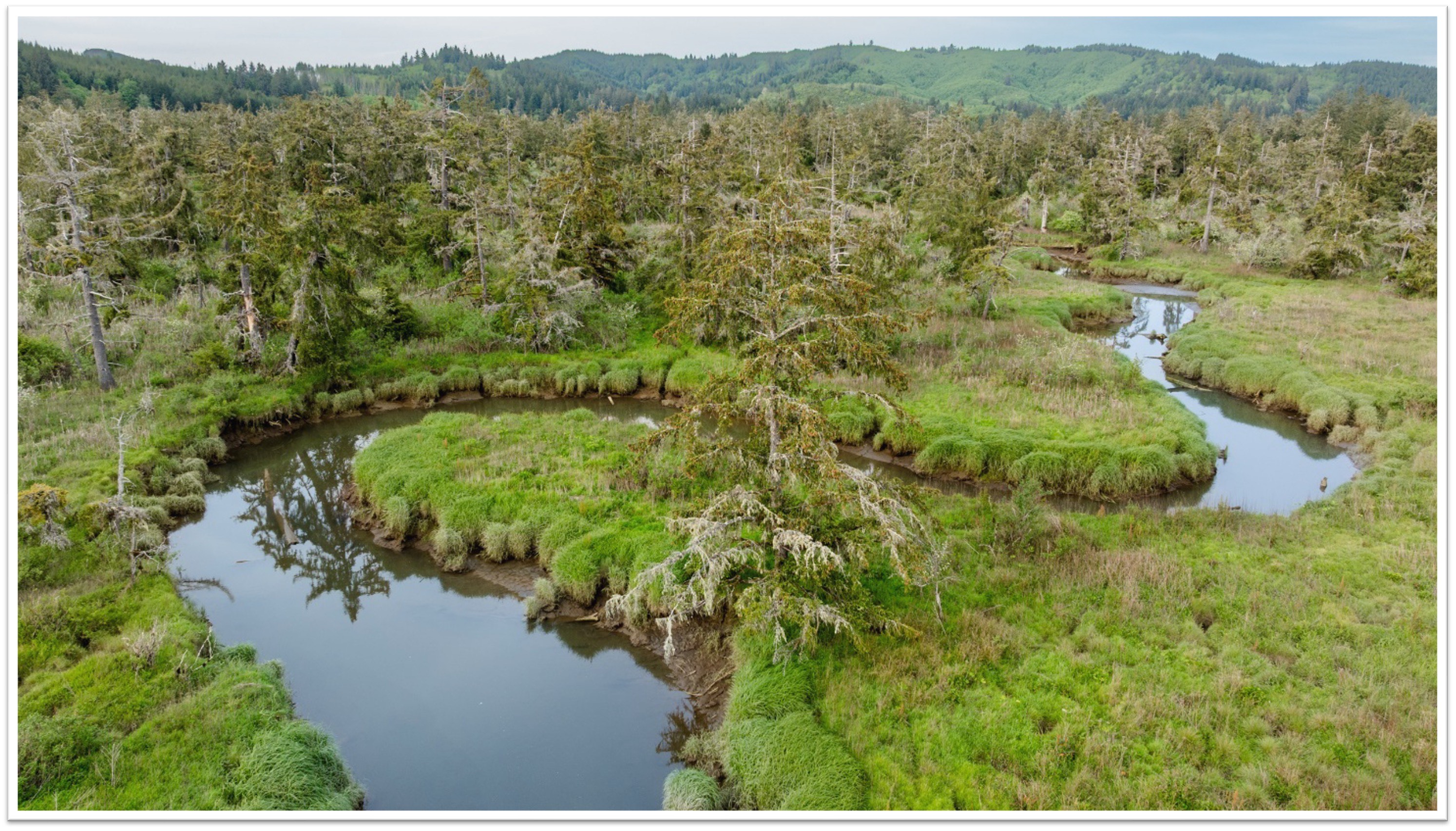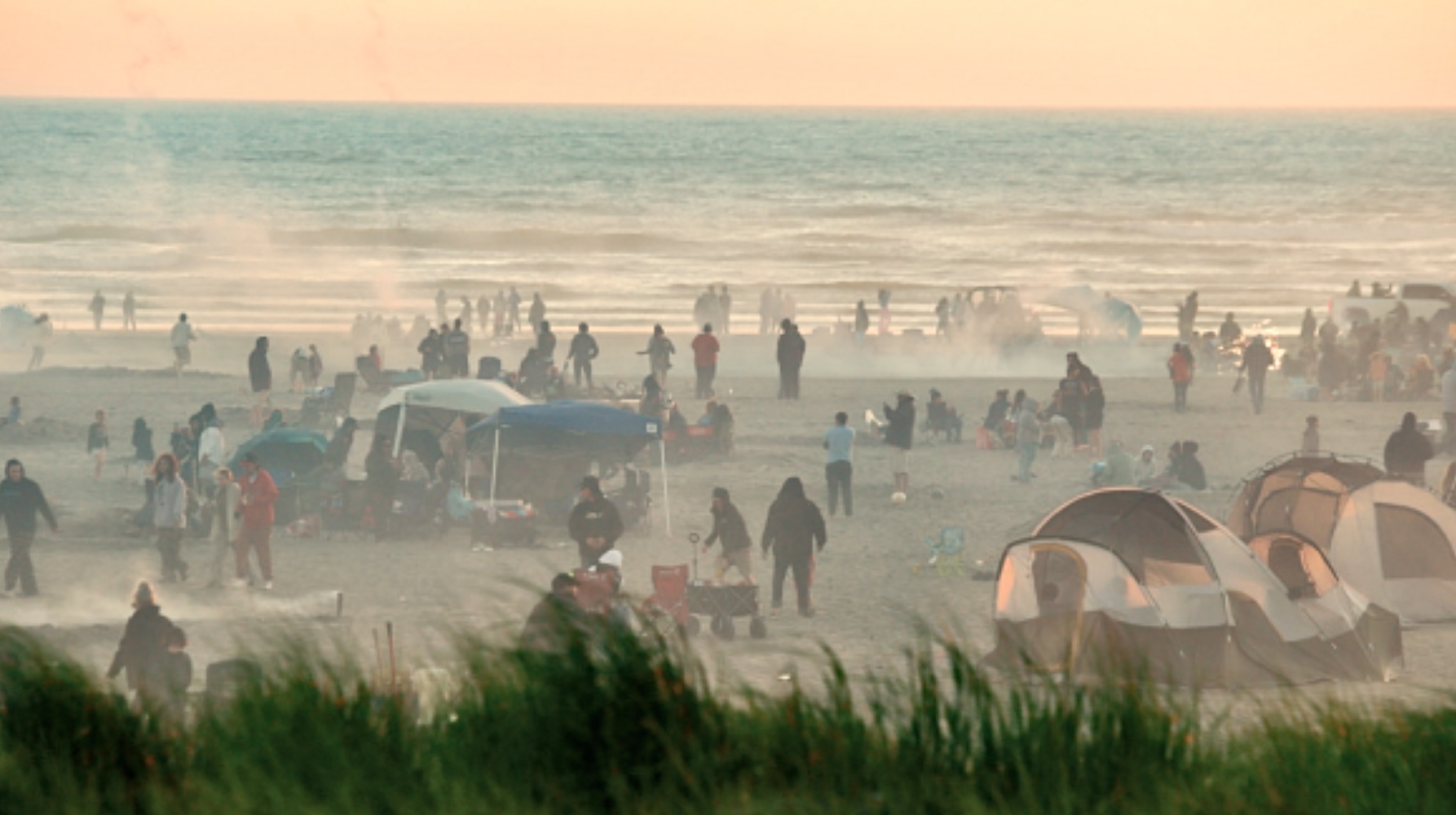Ghost net research looks at impacts to white sturgeon
Published 5:00 pm Tuesday, September 27, 2005
COLUMBIA RIVER – White sturgeon are almost exclusively the victims of the so-called “ghost nets” that shroud the bottom of the Columbia River’s Bonneville, The Dalles and John Day dam reservoirs.
Those nets could stretch as far as 15 miles if tied end-to-end, estimates researcher Blaine Parker. Snagged on the bottom, they still billow to varying degrees, and keep “fishing” even though no human is there to collect the harvest.
The ponderous and prickly sturgeon approach the ghost nets, possibly drawn by the smell of previously trapped, decaying brethren, then get trapped themselves.
“Fish like sturgeon – most of their feeding is done by smell,” Parker said. They are opportunists, eating anything they can find along the river floor, including other dead fish, and crayfish that feed on dead fish.
“They are attracted to that area because of the smell,” said Parker, a sturgeon biologist with the Columbia River Inter-Tribal Fish Commission.
He provided an update to the Regional Forum’s Technical Management Team Wednesday on research carried out over the past few years to evaluate the damage done to fish stocks by those ghost nets, and efforts to find and remove the troublesome gear. The research has been led by Kevin Kappenman, formerly with CRITFC but now working with the U.S. Fish and Wildlife Service.
The associated mortality may not be a huge problem, but it is one of the problems that keep white sturgeon populations at lower-than-historic, or desired, levels. Once in the castaway nets, the sturgeon are snagged by their own anatomy, scutes or large modified scales that serve as a type of armor or protection and protrude from the fishes’ top, bottom and sides.
A search for ghost fishing gear was conducted during the winter of 2002-03, in 2004 and again in 2005 with increasing success. Nets were found by side scan sonar, by using an ocean trawl boat to drag the bottom and by using smaller, tribal fishing boats with the fishers using grappling hooks by hand or with “bow picking units” to actually fish for the lost nets.
The latter method had proven to be the most effective.
“Low tech is sometimes good,” Parker said. During that first year a two-man crew spent 13 days searching with the sonar for potential lost nets. The crew marked 173 targets but ranked only seven of them as having a high possibility of being a ghost net. A ground truthing of the sites recovered two nets.
In 2003 the researchers employed a 70-foot ocean trawler for nine days, dragging sections of the river bottom in search of nets. That effort recovered eight nets which held a total of 80 sturgeon carcasses. No other fish species were found in the ghost nets.
In 2004 the research changes tactics, utilizing a 26-foot boat and tribal fishers to seek out the nets with grappling gear. That strategy took advantage of the smaller boat’s maneuverability and of the knowledge and support of the tribal fishing community. Parker said.
It also had less impact on the river bottom, and produced a greater number of nets. The grapple handlers fished 25 nets from the river, most from the Bonneville and The Dalles pools, in 13 days.
Again, “white sturgeon were the only fish found” in the nets, Parker said. There were 41 dead sturgeon found in the nets. Five live sturgeon were released. A return to the river this past spring by the tribal fishers resulted in the recovery of 23 more nets holding 120 dead sturgeon. Of that total, 99 were found in one 300-foot-long net. Parker said sturgeon tend to concentrate in groups in winter.
The project has not found many nets in the John Day pool, where the water is shallower and the river bottom bathymetry less dramatic. In The Dalles and, particularly, the Bonneville pools the river channel is much deeper and rockier, a downward extension of the looming Colmbia River Gorge.
Most of the lost nets were set by tribal fishers in winter to harvest sturgeon. The sets, some 80 to 100 feet under water, can be set free by a barge propeller clipping the net’s buoy or by a storm pushes up river flows and flushes debris downriver to snag a net.
“The Columbia is a big, dynamic system, even in the winter,” Parker said.
“It’s not treated like it’s disposable equipment,” Parker said of the nets, which can cost from $500 to $1,000 or more. The tribal fishers carefully maintain the nets so they are productive when the season begins. And they search hard when a net is jarred loose from its moorings.
“They try to recover their nets because they are valuable instruments,” Parker said.
Parker would like to see the net recovery effort continue. It has been funded during the past two seasons through the Ocean Trust and NOAA Fisheries Fisheries & Habitat Restoration (FHR) Program. The program “provides matching financial assistance on a competitive basis to support fishing community-based wetland, riparian, habitat, and coastal living resource restoration projects that build diverse partnerships with the food producing fishing community and foster local marine resource stewardship through education, restoration or enhancement activities,” according to information on NOAA’s web site.
“I put in for ’06,” Parker said of a grant application to continue the work. While the impact to sturgeon might not be large, removing the nets could add up to a healthier population. The number of fish actually found in a recovered net could well represent a small portion of the mortality caused by that particular net. If the net has been lost for a number of years, it could be filled again and again.
Sturgeon are lost to a variety of sources, including dams and hydrosystem operations that create reservoirs where the big fish once spawning in free-flow rivers. Delayed mortality from sport fishing and illegal harvests also take a toll. The populations are healthy enough to allow limited sport and commercial harvest.
“I would like to do it for four or five more years in a row,” Parker said. That would allow the recovery effort to catch up to some degree with a problem that has been developing since the 19th century when commercial harvests began on the Columbia. Those early nets were made of natural materials and degraded quite quickly.
With the development of synthetic materials such as monofilament by the mid-1960s, the ghost nets have more staying power, literally staying intact and relatively effective at trapping fish for many years.
Parker used reports made from 1995 to 2000 of nets lost or stolen to derive an estimate of how much netting is still floating around. He extrapolated the 50 nets misplaced during that time period over the time and fishing seasons that have elapsed since the 1960s.
“We estimate that most that 15 miles of nets could still be out there fishing,” he said.
The Columbia Basin Bulletin is e-mail newsletter produced by Intermountain Communications of Bend, Ore., and supported with Bonneville Power Administration fish and wildlife funds through the Northwest Power and Conservation Council’s Columbia Basin Fish and Wildlife Program. Visit the Bulletin online at www.cbbulletin.com.





